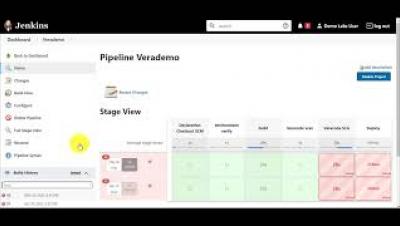What Will Cybersecurity Look Like Over the Next Five Years?
As a result of the Covid-19 pandemic, organizations in all industries ramped up their digital transformation efforts to make online operations easier for their employees and customers. But with more and more organizations online, the digital attack surface is growing at a record pace. The more applications with vulnerable code, the more opportunities for a cyberattack. In fact, our research found that 76 percent of applications have at least one security vulnerability.






